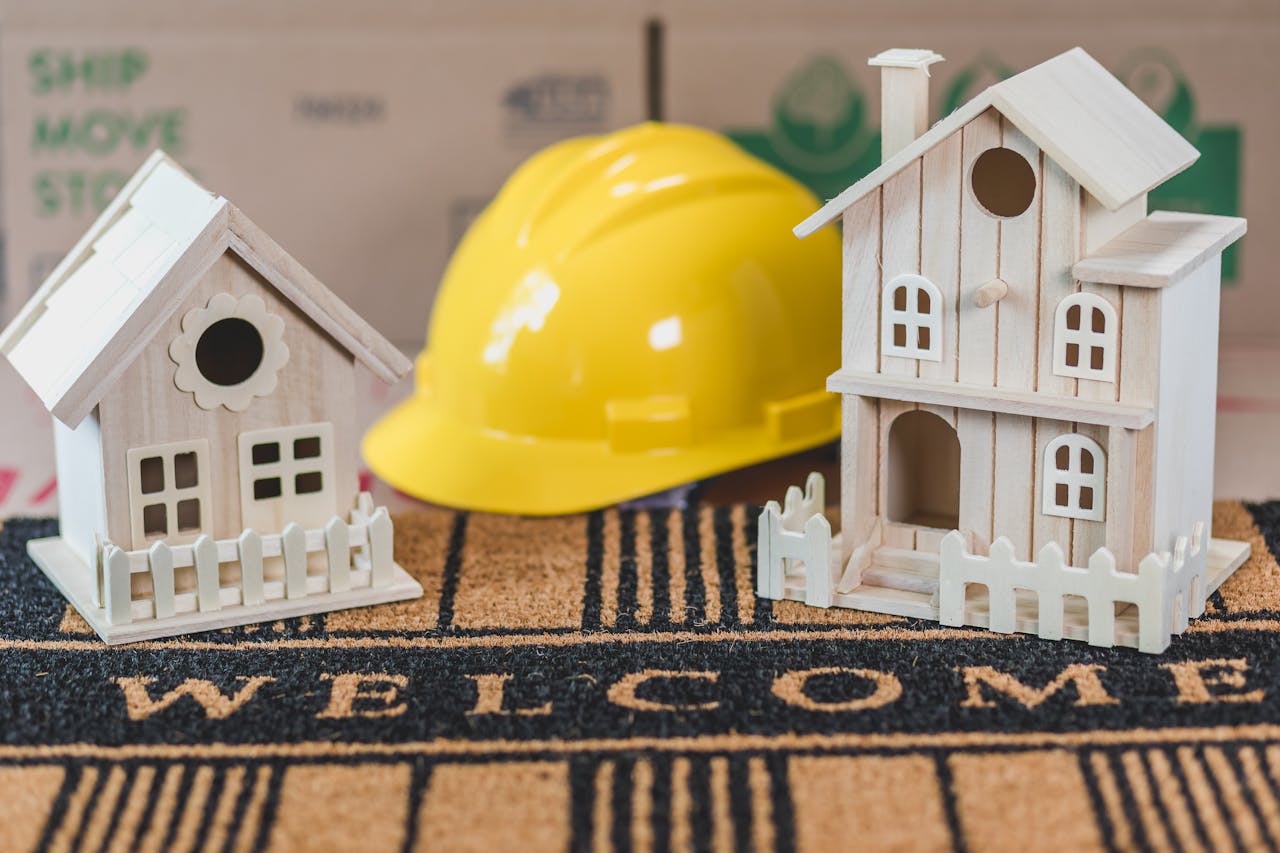
Understanding the Legal Side of Property Management in Canada

*Navigating property laws in Canada can be complex. Staying compliant with regulations protects both landlords and tenants. Here’s what you need to know:
Landlord-Tenant Laws: Familiarize yourself with provincial regulations, like Ontario’s Residential Tenancies Act or British Columbia’s Residential Tenancy Act. Each province has specific rules regarding rent increases, security deposits, and eviction procedures.
Canada
e Agreements: Ensure your lease agreements are legally binding and cover all necessary terms, including rent amount, payment schedule, maintenance responsibilities, and rules for property use.
Handling Disputes: Know the legal process for resolving disputes, including eviction procedures. Use mediation services if conflicts arise and keep detailed records of all communications.
Health and Safety Regulations: Ensure your property meets safety standards, including functioning smoke detectors, carbon monoxide detectors, and proper ventilation. Regular inspections help maintain compliance.
Privacy Laws: Respect tenant privacy by providing proper notice before entering the property. In most provinces, landlords must give at least 24 hours’ notice.
Rent Increases: Follow legal guidelines for rent increases, which vary by province. Some areas have rent control laws that limit how much you can increase rent annually.
Eviction Procedures: Understand the legal grounds for eviction and follow proper procedures to avoid legal repercussions. Common reasons include non-payment of rent, property damage, or illegal activities.
Insurance Requirements: Ensure your property is adequately insured, and consider requiring tenants to have renter’s insurance.



